Buy the photo abbey of pontigny by Yvonne Blokland on canvas, ArtFrame, poster and wallpaper, printed on demand in high quality.
About "abbey of pontigny"
by Yvonne Blokland
About the artwork
The Pontigny abbey is a former Cistercian abbey located in the municipality of Pontigny in the Yonne department in Burgundy, France. The Latin name of Pontigny is Pontiniacum. The abbey was founded in 1114 as the second daughter monastery of the Cîteaux abbey. She soon became rich. A few farms were founded by the monks of Pontigny, who produced grain and wine, among other things. 43 daughter abbeys would be founded from Pontigny.
The abbey was a popular retreat for the persecuted. Thomas Becket stayed in Pontigny from 1164 to 1166, for example. He had fled here because of his opposition to the English king Henry II. Stephen Langton stayed there from 1208 to 1213. Edmund Rich, Archbishop of Canterbury, stayed in Pontigny in 1240. His tomb is in the monastery church.
The abbey suffered much during the religious wars. In 1560 the abbey buildings were set on fire by the Huguenots. The relics of Saint Edmund were secured by the monks.
Almost all abbey buildings were destroyed in the French Revolution. The church, spared because of the pilgrimage cult around St. Edmund, was made a parish church.
In 1901 the buildings were purchased by the philosopher Paul Desjardins. He founded a cultural center there. A philosophical and literary decade (ten-day) was held every summer, bringing together important European intellectuals. André Gide, André Malraux, and Gaston Bachelard, among others, were present. Desjardins is buried in the cemetery next to the abbey church.
Since th

About Yvonne Blokland
" It makes me happy to create memories "
I love to photograph in the French or Dutch countryside. Forests, countryside or by the sea. But also cities, towns and villages (especially in France) are my favorites.
Best regards ! Yvonne..
Read more…
 Netherlands
Netherlands Ordered in February 2017
Ordered in February 2017
 Netherlands
Netherlands Ordered in April 2019
Ordered in April 2019
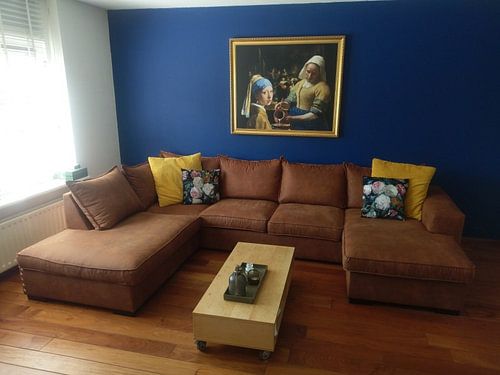
 Netherlands
Netherlands Ordered in January 2025
Ordered in January 2025
 Germany
Germany Ordered in April 2021
Ordered in April 2021
 Germany
Germany Ordered in March 2021
Ordered in March 2021
 Germany
Germany Ordered in July 2020
Ordered in July 2020
 Netherlands
Netherlands Ordered in December 2022
Ordered in December 2022
 Netherlands
Netherlands Ordered in November 2024
Ordered in November 2024
 Germany
Germany Ordered in June 2020
Ordered in June 2020
 Germany
Germany Ordered in November 2024
Ordered in November 2024
 Germany
Germany Ordered in November 2024
Ordered in November 2024
 Netherlands
Netherlands Ordered in February 2022
Ordered in February 2022
About the material
ArtFrame™
Interchangeable Art Prints
- High-quality print
- Easily interchangeable
- Acoustic function
- Large sizes available
Discover the artworks of Yvonne Blokland
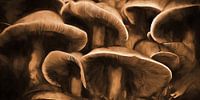 Mushrooms in sepiaYvonne Blokland
Mushrooms in sepiaYvonne Blokland poppy in red (edited)Yvonne Blokland
poppy in red (edited)Yvonne Blokland sunbeamsYvonne Blokland
sunbeamsYvonne Blokland poppieYvonne Blokland
poppieYvonne Blokland White RosesYvonne Blokland
White RosesYvonne Blokland at the tableYvonne Blokland
at the tableYvonne Blokland Poppy on fireYvonne Blokland
Poppy on fireYvonne Blokland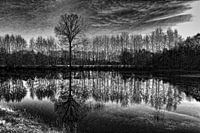 Trees in black and whiteYvonne Blokland
Trees in black and whiteYvonne Blokland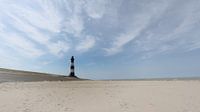 in Breskens-2Yvonne Blokland
in Breskens-2Yvonne Blokland clematis in black / whiteYvonne Blokland
clematis in black / whiteYvonne Blokland poppyYvonne Blokland
poppyYvonne Blokland delphinium 2Yvonne Blokland
delphinium 2Yvonne Blokland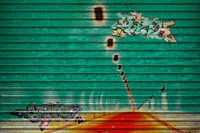 on the roadYvonne Blokland
on the roadYvonne Blokland wallflowersYvonne Blokland
wallflowersYvonne Blokland la maison verteYvonne Blokland
la maison verteYvonne Blokland drentse highlandersYvonne Blokland
drentse highlandersYvonne Blokland storks in the cloudsYvonne Blokland
storks in the cloudsYvonne Blokland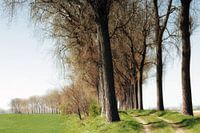 row of trees along the dikeYvonne Blokland
row of trees along the dikeYvonne Blokland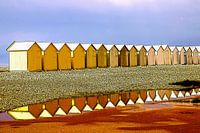 by the seaYvonne Blokland
by the seaYvonne Blokland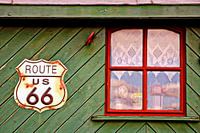 Route 66Yvonne Blokland
Route 66Yvonne Blokland
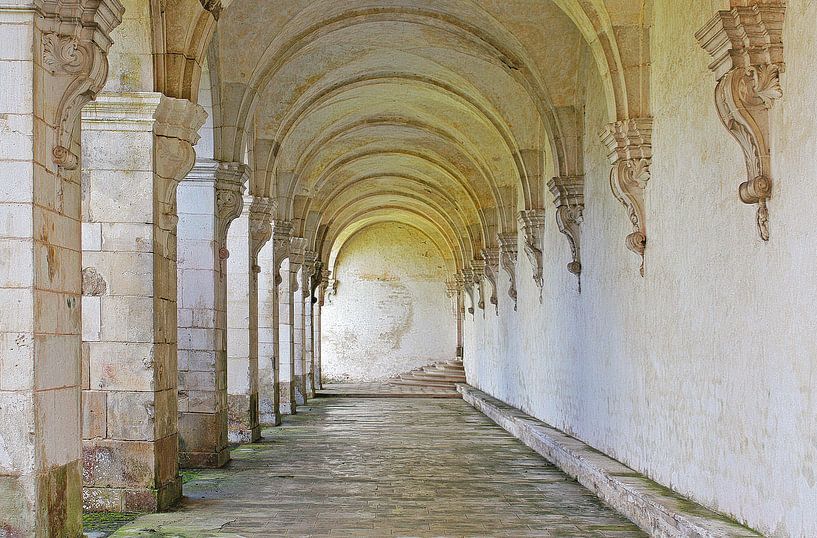












 Architecture
Architecture Architecture photography
Architecture photography France
France Mysterious Spheres
Mysterious Spheres Photo wallpaper
Photo wallpaper Photography
Photography Serene Peace
Serene Peace









